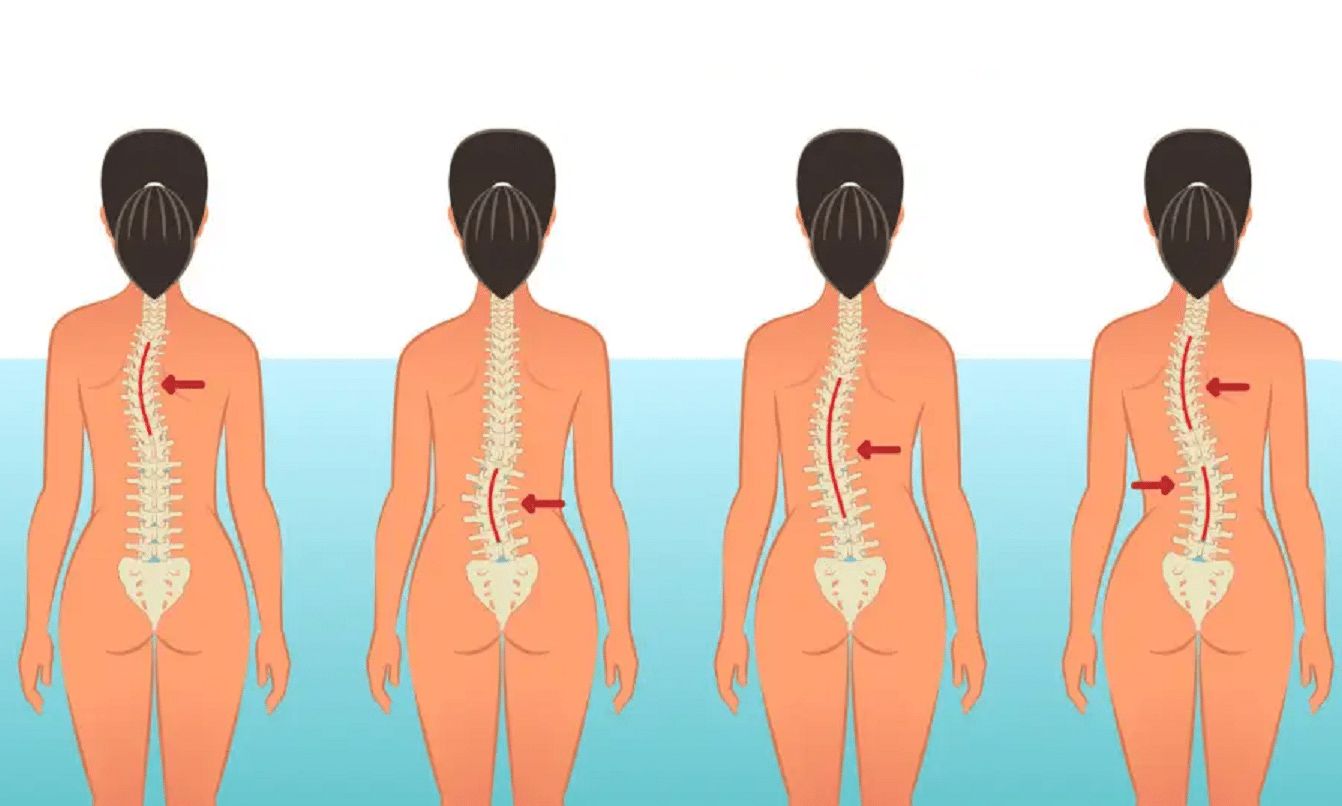Juvenile idiopathic scoliosis is a type of spinal deformity that occurs in children between the ages of 3 and 9. It is characterized by an abnormal, side-to-side curvature of the spine, which appears in the shape of an “S” or “C”. The exact cause of this condition is unknown, which is why it’s referred to as “idiopathic”.
Symptoms
Symptoms of juvenile idiopathic scoliosis can range from mild to severe and may include:
- Visibly curved spine, with one shoulder or hip appearing higher than the other.
- Uneven waist.
- One shoulder blade appearing more prominent than the other.
- If the scoliosis is severe, it can lead to difficulties in breathing due to reduced amount of space in the chest for lung expansion.
Diagnosis
Diagnosis of juvenile idiopathic scoliosis involves a thorough medical history, physical examination, and imaging studies.
- Physical examination: This involves a detailed assessment of the spine, shoulders, waist, hips, and legs. The “forward bend” test is often used, where the doctor observes the back as the child bends forward. This test can reveal any abnormal spinal curve.
- X-rays: X-ray images can confirm the presence of scoliosis and provide a measure of the degree of curvature.
- MRI or CT scans: These might be ordered to rule out other conditions, such as spinal cord abnormalities or tumors, that could be causing the curvature.
Treatment
Treatment for juvenile idiopathic scoliosis depends on the severity of the spinal curvature and the child’s age and growth potential.
- Observation: For milder curvatures, doctors may choose a ‘watch and wait’ approach with regular check-ups and X-rays to monitor the curvature.
- Bracing: If the curve is moderate and the child is still growing, a brace may be recommended to prevent the curve from getting worse.
- Surgery: For severe curves or in cases where the curve is worsening despite treatment, surgery may be recommended. The most common surgery is spinal fusion, which involves connecting two or more of the vertebrae together to prevent movement and stop the progression of the curve.
- Physical Therapy: Exercises under the guidance of a physical therapist can help improve flexibility, muscular strength, and posture, although they cannot stop the progression of scoliosis.
Please consult a medical professional for your specific medical condition.
